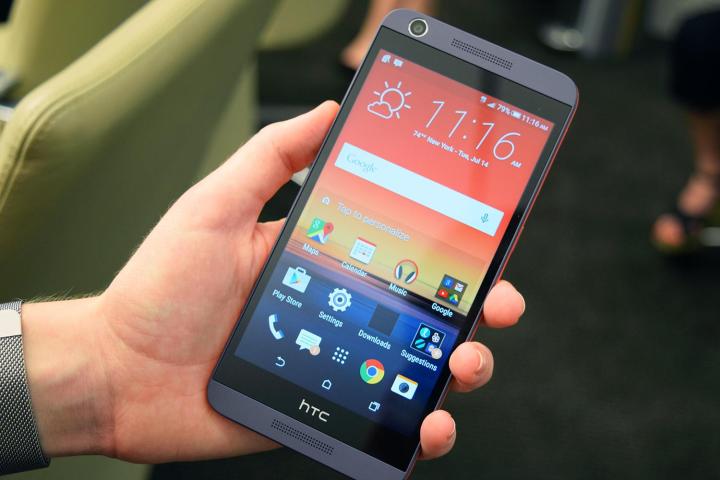
This year’s quarterly revenue was almost exactly half of what HTC made last year in the same period.
HTC recorded an operating loss of NT$5.1 billion ($161 million), a stark contrast to the NT$2.4 billion (~$75.8 billion) in operating profit the company saw during the same period last year. HTC also reported a net loss of NT$8 billion ($252 million), with quarterly revenue topping out at NT$33 billion ($1.04 billion). This year’s quarterly revenue was almost exactly half of the NT$65.1 billion ($2 billion) the company made last year in the same period.
The reason why there is a discrepancy between operating loss and net loss is due to roughly $92 million in “idled assets.” In other words, HTC paid for unused production capacity, which was exacerbated because of weak sales in China and a lack of demand for high-end smartphones like the One M9. It’s no secret that the flagship hasn’t sold well, or that competitors’ alternatives like the Samsung Galaxy S6 and LG G4 hold more appeal for customers. Even so, the company saw year-over-year increases in shipment volume in “select key emerging markets,” so it wasn’t all dire news for HTC.
Unfortunately, the third quarter doesn’t look very promising, either. HTC estimates revenue of NT$19 billion ($600 million) to NT$22 billion ($695 million) for the third quarter.
Reaching profitability
During the earnings call, HTC chief financial officer Chialin Chang laid out a three-pronged approach as to how HTC could reach an operating profit, the first of which involves implementing “company-wide efficiency measures to reduce operating costs across the organization and ensure resources are appropriately allocated to future growth.” HTC has already done this to some degree, when it outsourced parts of its manufacturing last May. However, these measures could include staff reductions, too.
The second prong involves releasing “trendy” devices, which will “address premium segments,” but won’t be flagships. In other words, HTC could release more Desire smartphones, though the company still looks to release its “hero product” later this year.
Lastly, HTC aims to capitalize on its reach into new markets, such as virtual reality with the HTC Vive, and fitness with the HTC Grip. However, since VR is uncharted water, and HTC delayed the release of its own fitness band, there’s some skepticism about HTC’s plans.
Regardless, the pressure continues to mount for HTC to rebound from its disastrous second quarter. Of course, HTC isn’t the only company struggling to make ends meet in the Android space, though it seems to be a constant issue with the Taiwanese company. The rest of 2015 may not be any better for HTC, but there’s always next year.


